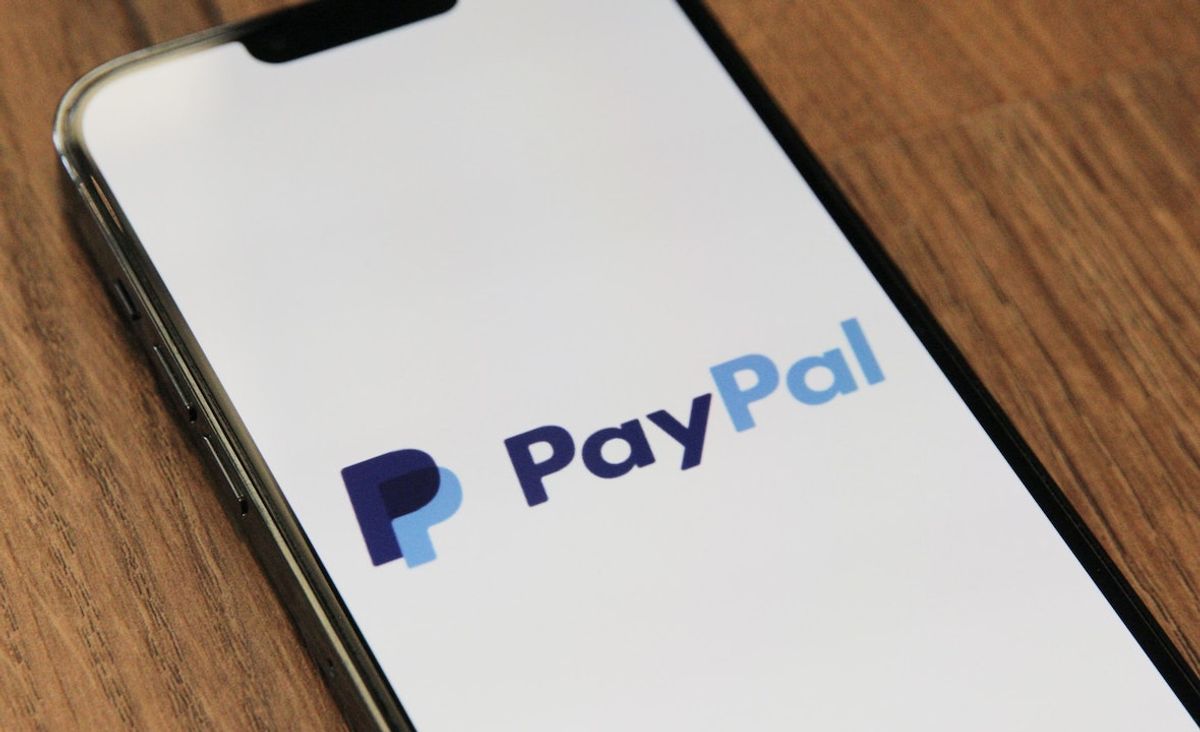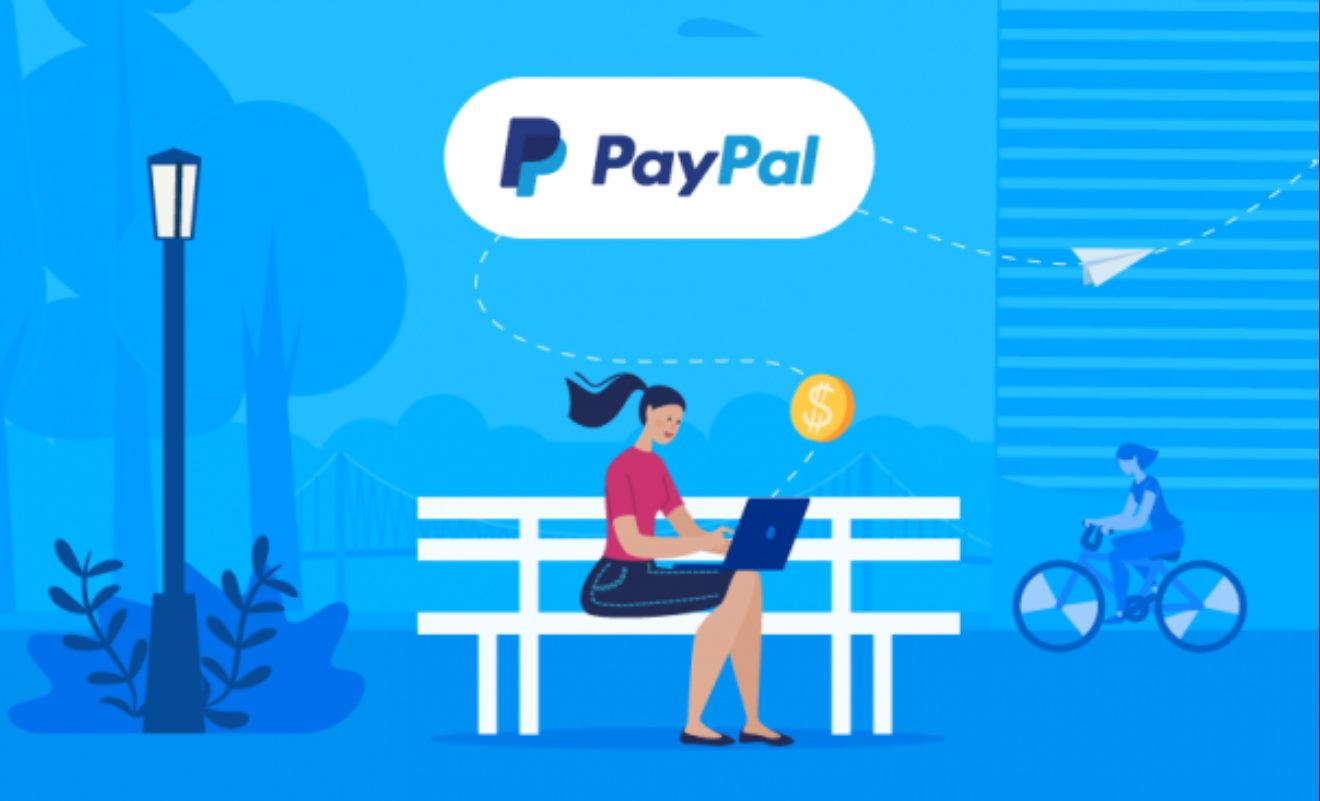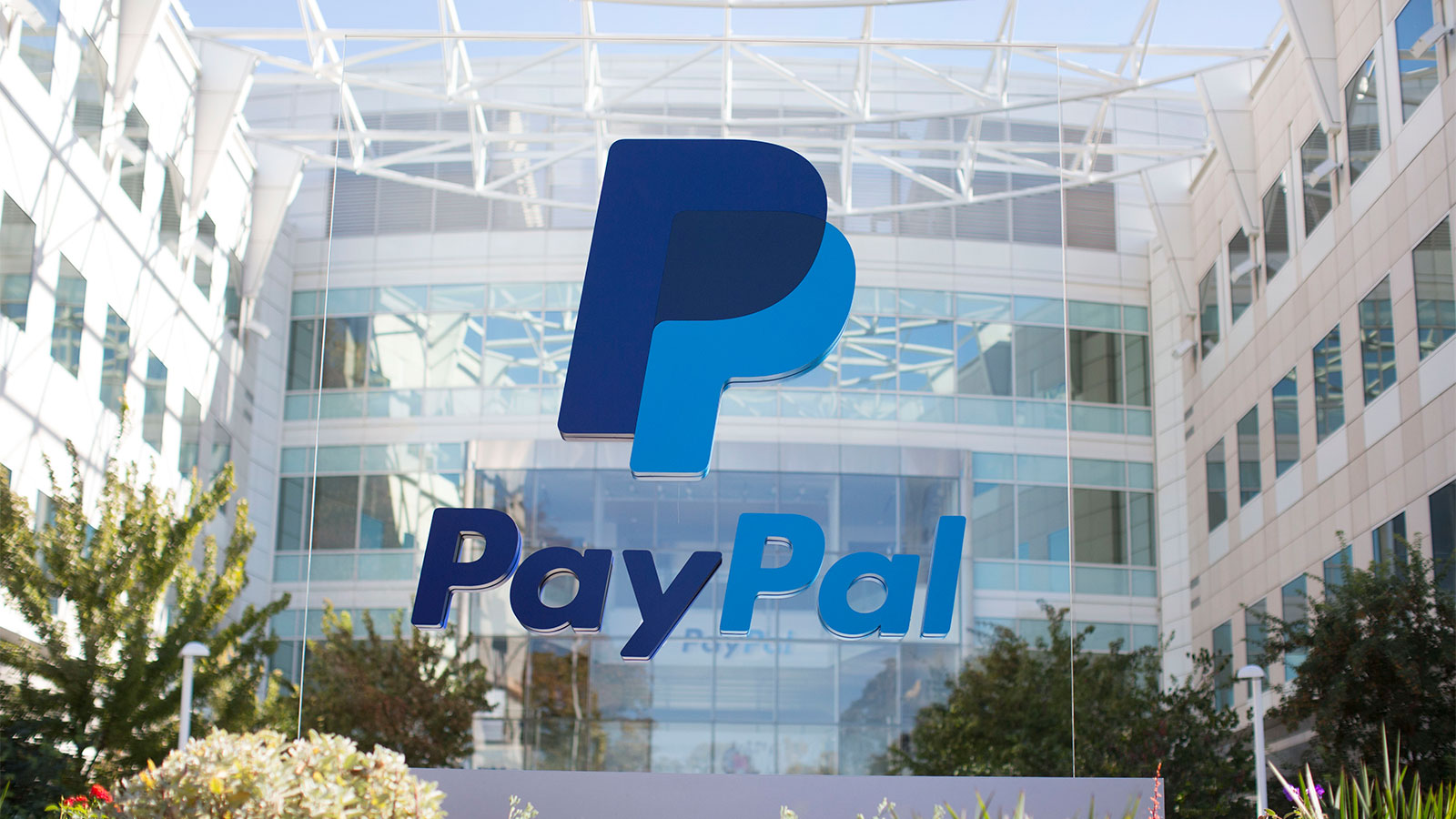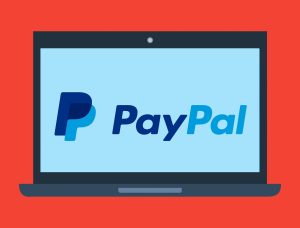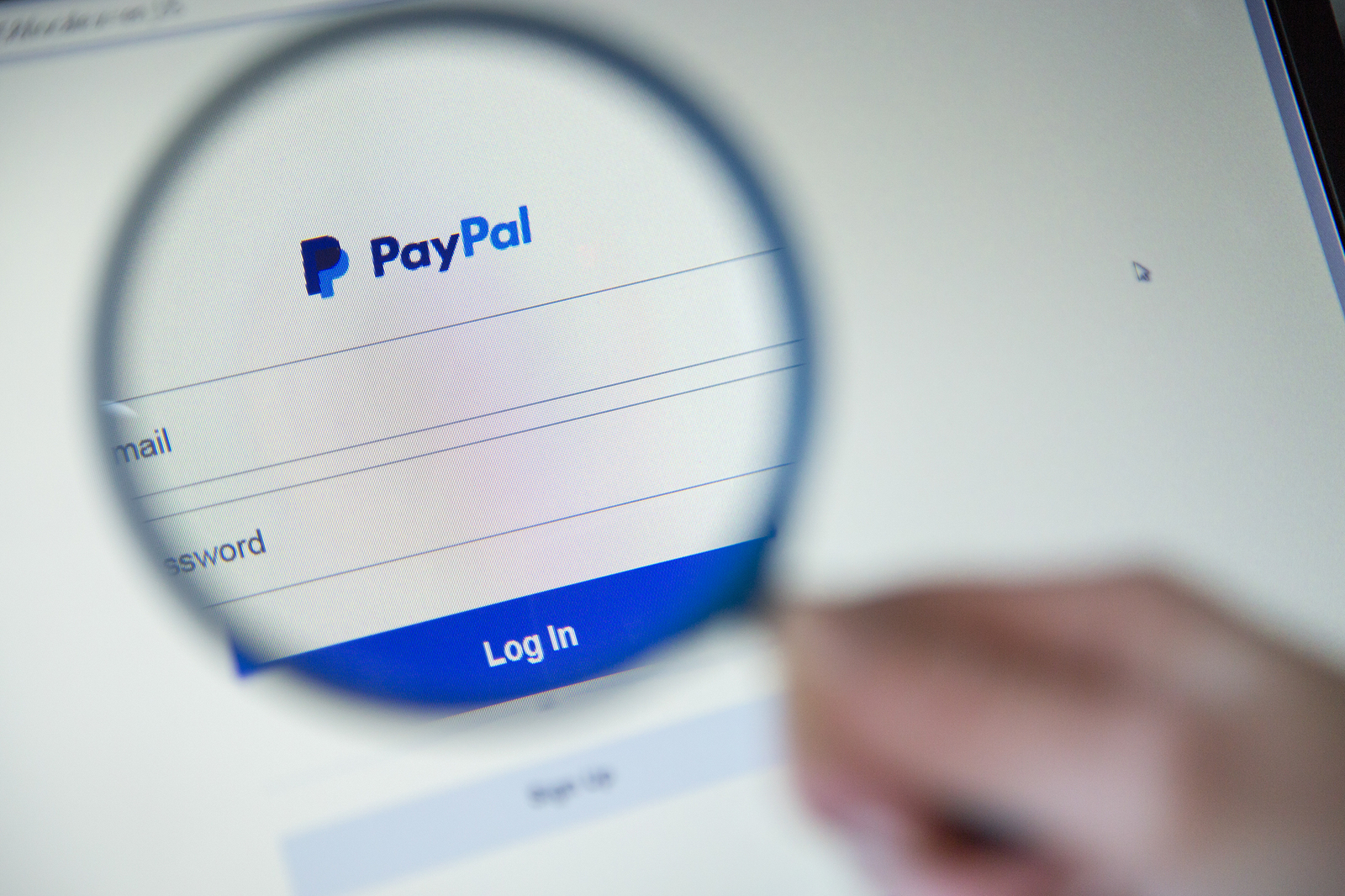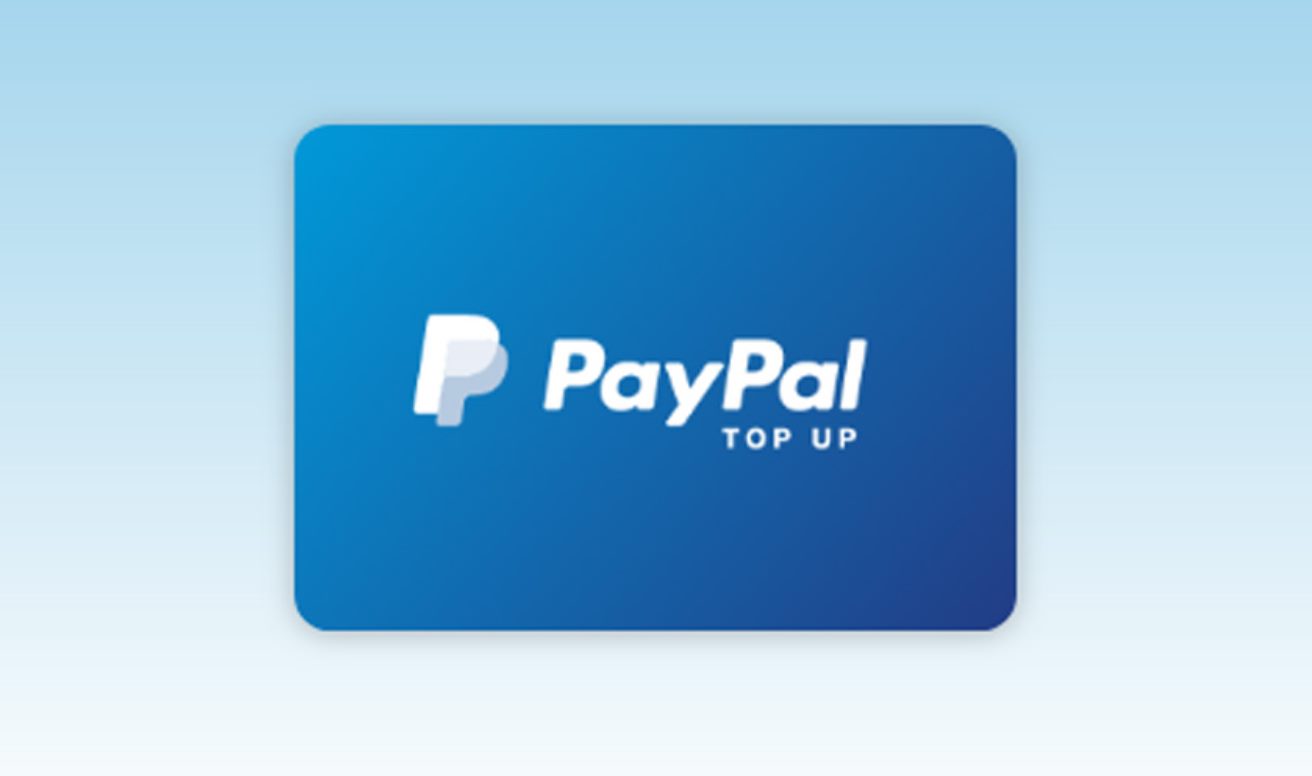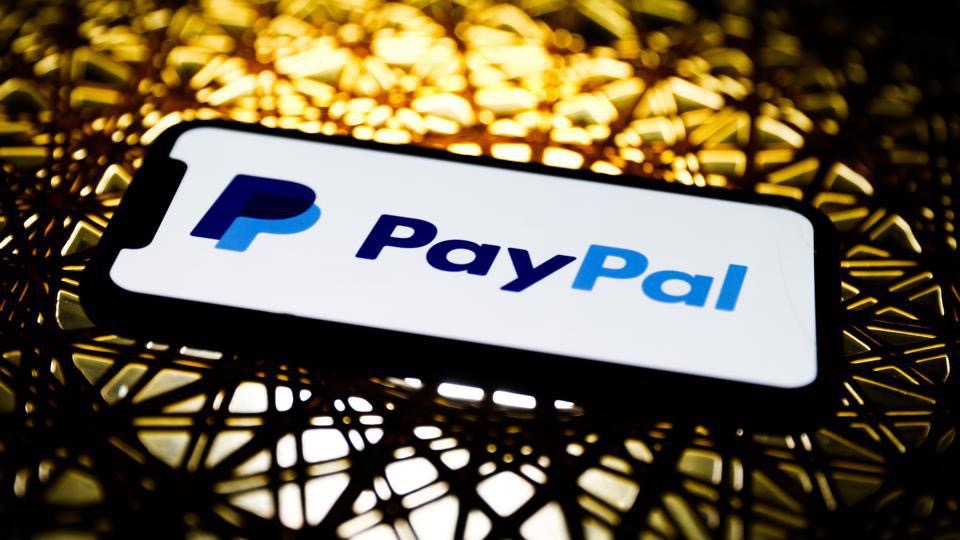Factors that Affect the Amount You Can Send Through PayPal
When it comes to sending money through PayPal, there are several factors that can affect the amount you are allowed to send. Understanding these factors and how they influence your sending limits can help you manage your transactions more effectively. Here are some key considerations:
1. Account Verification: PayPal sets different sending limits for unverified and verified accounts. Unverified accounts usually have lower sending limits, whereas verified accounts have higher limits. Verifying your PayPal account is a simple process that involves confirming your identity and linking a bank account or credit card.
2. Account History: PayPal takes into account your account history when determining your sending limits. New accounts may have lower limits initially until they establish a positive transaction history. As you build a reliable track record of transactions, PayPal may gradually increase your sending limits.
3. Financial Standing: Your financial standing, including factors like your credit score and financial activity, can play a role in the amount you can send through PayPal. PayPal assesses your ability to cover potential payment reversals or disputes when setting your sending limits.
4. Transaction Patterns: PayPal evaluates your transaction patterns to gauge your level of trustworthiness and risk. If you have a history of consistent and successful transactions, you may be granted higher sending limits. On the other hand, irregular or suspicious transaction patterns may result in lower limits or account restrictions.
5. Country and Currency: Sending limits can vary based on the country you reside in and the currency you use. PayPal adapts its limits to comply with local regulations and currency conversion standards. It’s important to be aware of the specific limits and regulations that apply to your country.
6. Account Type: Different PayPal account types have different sending limits. Personal accounts typically have lower limits compared to business accounts. If you frequently engage in commercial transactions, it may be beneficial to consider upgrading to a business account to access higher sending limits.
It’s important to note that sending limits are not fixed and can be adjusted based on various factors. PayPal regularly reviews account activity and may increase or decrease sending limits accordingly.
By understanding the factors that influence your sending limits, you can take steps to manage your PayPal transactions more effectively and avoid any unnecessary limitations. Verifying your account, maintaining a positive transaction history, and adhering to PayPal’s policies will help you maximize your sending limits and enjoy a seamless payment experience.
PayPal Sending Limits for Unverified Accounts
Unverified PayPal accounts have lower sending limits compared to verified accounts. Verification is a simple process that enhances your account security and allows you to enjoy higher sending limits. However, if you’re using an unverified account, here’s what you need to know about the sending limits:
1. Initial Sending Limit: When you first create an unverified PayPal account, you’ll have a default sending limit. This limit varies depending on your country of residence and the currency you use for transactions. Generally, the initial sending limit for unverified accounts is around $500 or equivalent.
2. Monthly Sending Limit: In addition to the initial sending limit, unverified PayPal accounts also have a monthly sending limit. This limit restricts the total amount you can send within a month. The monthly sending limit for unverified accounts is typically lower than that of verified accounts.
3. Withdrawal Limit: Unverified accounts may also encounter withdrawal limits, which restrict the amount of money you can withdraw from your PayPal account to your bank account. The withdrawal limit is often set at a percentage of your sending limit.
It’s important to note that these sending limits for unverified accounts are not permanent. PayPal provides an incentive for users to verify their accounts by increasing their sending limits. Verifying your account is a straightforward process that involves confirming your identity and linking a bank account or credit card. Once your account is verified, your sending limits will be raised.
To verify your PayPal account, you’ll need to provide the required information and follow the verification steps provided on the PayPal website. Typically, you’ll need to enter your personal details, such as your name, address, and phone number. You may also need to provide additional documentation, such as a bank statement or utility bill, to prove your identity and residence.
Verifying your PayPal account not only increases your sending limits but also offers other benefits. With a verified account, you gain additional security features, access to PayPal’s Seller Protection, and the ability to withdraw funds to your bank account. It’s a simple and worthwhile process that enhances your PayPal experience.
While unverified accounts have lower sending limits, this shouldn’t deter you from using PayPal for your transactions. It’s a convenient and widely accepted payment method that allows you to send and receive money securely. If you find that the unverified account limits are too restrictive for your needs, it’s recommended to complete the verification process to unlock higher sending limits and enjoy the full benefits of PayPal.
PayPal Sending Limits for Verified Accounts
Verified PayPal accounts enjoy higher sending limits compared to unverified accounts. Account verification is a straightforward process that enhances your account security and enables you to send larger amounts of money. Here’s what you need to know about the sending limits for verified accounts:
1. Increased Sending Limit: Once your PayPal account is verified, your sending limits will be increased. The specific limit varies depending on factors such as your country of residence and the currency you use. Verified accounts generally have a higher sending limit, allowing you to send larger amounts of money in a single transaction or over a specified time period.
2. Removal of Monthly Sending Limit: Unlike unverified accounts, verified PayPal accounts do not have a monthly sending limit. This means you can send money without worrying about exceeding a monthly threshold. The removal of a monthly sending limit provides added convenience and flexibility for conducting transactions.
3. Higher Withdrawal Limit: With a verified account, you may also enjoy a higher withdrawal limit. The withdrawal limit determines the maximum amount you can transfer from your PayPal balance to your linked bank account within a specified time period. Verified accounts typically have a higher withdrawal limit, allowing you to easily access your funds.
Verifying your PayPal account is a simple process. You will need to provide the required information and follow the verification steps outlined on the PayPal website. This usually involves confirming your identity and linking a bank account or credit card to your PayPal account.
Verifying your PayPal account offers several benefits in addition to increased sending limits. It enhances your account security, protects you from unauthorized transactions, and allows you to access additional features such as PayPal Seller Protection. A verified PayPal account also instills confidence in buyers and sellers, making it easier to engage in transactions with others.
It’s important to remember that even with a verified account, PayPal still maintains certain sending limits. While these limits are higher than those for unverified accounts, they are in place to ensure security and prevent fraudulent activities. If you need to send an amount that exceeds your verified account’s limit, you may consider contacting PayPal’s customer support for assistance.
Verified PayPal accounts offer increased flexibility and convenience, making them ideal for individuals who frequently send and receive money. By completing the verification process, you can unlock higher sending and withdrawal limits, providing you with greater control over your transactions. Enjoy the benefits of a verified PayPal account and experience the ease of conducting secure online transactions.
Steps to Verify Your PayPal Account
Verifying your PayPal account is a simple process that enhances your account security and enables you to access higher sending limits. Once your account is verified, you can enjoy additional benefits and take advantage of PayPal’s full range of features. Here are the steps to verify your PayPal account:
1. Log in to Your PayPal Account: Start by logging in to your PayPal account. If you don’t have an account, you can sign up for free on the PayPal website.
2. Go to the Account Settings: Once you are logged in, navigate to the “Settings” or “Profile” section of your PayPal account. Look for the option to “Verify” or “Get Verified.”
3. Confirm Your Email Address: The first step in the verification process is confirming your email address. PayPal will send a verification link to the email associated with your PayPal account. Open the email and click on the verification link to confirm your email address.
4. Link and Confirm Your Bank Account or Credit Card: The next step is to link and confirm a bank account or credit card to your PayPal account. PayPal uses this information to verify your identity. To link your bank account, you will need to provide your bank account details. To link a credit card, you will need to enter the card information. PayPal may charge a small amount or make a temporary authorization on your bank account or credit card. You will need to check your bank or credit card statement for the verification code provided by PayPal and enter it on the PayPal website to confirm the account or card.
5. Provide Additional Information (if necessary): In some cases, PayPal may require you to provide additional information to verify your account. This may include providing documents such as a utility bill or bank statement to verify your address or identity.
6. Check Your Verification Status: After completing the verification steps, check your PayPal account to ensure that your verification status has been updated. You should see a message indicating that your account is now verified.
It’s important to note that the verification process may vary slightly depending on your country of residence and the specific requirements set by PayPal. Make sure to follow the instructions provided by PayPal during the verification process.
Verifying your PayPal account not only increases your sending limits but also provides additional security and peace of mind. With a verified account, you gain access to PayPal’s Seller Protection program, which helps protect you from fraudulent transactions and unauthorized activity.
By taking the time to verify your PayPal account, you can unlock the full potential of PayPal’s features and enjoy a safer and more secure online payment experience.
Increasing Your PayPal Sending Limits
If you have reached your PayPal sending limits and need to send higher amounts, there are steps you can take to increase your limits. PayPal provides options to increase your sending limits based on your account activity and verification status. Here are some ways to increase your PayPal sending limits:
1. Verify Your Account: The first and most effective way to increase your sending limits is to verify your PayPal account. Verifying your account involves confirming your identity and linking a bank account or credit card. Once your account is verified, PayPal will review your account activity and may increase your sending limits accordingly.
2. Establish a Positive Transaction History: PayPal considers your transaction history when determining your sending limits. Building a positive transaction history by sending and receiving payments regularly can help increase your limits. Engage in consistent and successful transactions to demonstrate your trustworthiness as a PayPal user.
3. Link and Confirm Additional Funding Sources: Linking and confirming multiple bank accounts or credit cards to your PayPal account can boost your sending limits. Having multiple funding sources provides PayPal with more options to verify your identity and financial stability, resulting in potential increases to your sending limits.
4. Provide Necessary Documentation: In some cases, PayPal may require additional identity verification or supporting documentation to increase your sending limits. If prompted, provide the requested documents, such as a valid ID, proof of address, or business registration documents. These documents help PayPal verify your credibility and can lead to higher sending limits.
5. Request an Increase from PayPal: If you have a specific need to send larger amounts and believe your current limits are insufficient, you can contact PayPal’s customer support and request a limit increase. Provide valid reasons for needing the higher limits and be prepared to provide any necessary documentation for further verification.
6. Upgrade to a Business Account: If you frequently conduct commercial transactions, upgrading your PayPal account to a business account can give you access to higher sending limits. Business accounts are designed for sellers and offer increased transaction volumes, making them ideal for those who need to send or receive larger amounts of money.
It’s important to note that increasing your sending limits is at PayPal’s discretion and is dependent on various factors. PayPal regularly reviews accounts and adjusts limits based on account activity and verification status. It’s advisable to maintain a positive account history and adhere to PayPal’s policies to improve your chances of getting higher sending limits.
Remember to always comply with PayPal’s terms of service and guidelines to ensure a secure and smooth online payment experience. Take advantage of the available options to increase your sending limits, and enjoy the convenience of sending higher amounts with PayPal.
Understanding PayPal’s Withdrawal Limits
PayPal not only has sending limits but also imposes limits on withdrawals from your PayPal account. Withdrawal limits are put in place to ensure security and prevent unauthorized access to your funds. It’s important to understand these limits to effectively manage your PayPal transactions. Here’s what you need to know about PayPal’s withdrawal limits:
1. Daily and Monthly Limits: PayPal sets both daily and monthly withdrawal limits for its users. These limits define the maximum amount of money you can transfer from your PayPal balance to your linked bank account within a specific time frame. The exact limits can vary depending on your country of residence, account type, and account verification status.
2. Account Type: PayPal may have different withdrawal limits based on the type of PayPal account you have. Personal accounts typically have lower withdrawal limits compared to business accounts. If you frequently engage in commercial transactions, consider upgrading to a business account to enjoy higher withdrawal limits.
3. Verification Status: Similar to sending limits, your PayPal account’s verification status can also impact withdrawal limits. Verified accounts generally have higher withdrawal limits compared to unverified accounts. Verifying your PayPal account by confirming your identity and linking a bank account or credit card can help increase your withdrawal limits.
4. Country-specific Regulations: PayPal adjusts its withdrawal limits to comply with country-specific regulations and local currency conversion standards. These limits may vary depending on your country of residence, so it’s essential to familiarize yourself with the specific limits that apply to you.
5. Security and Fraud Prevention: PayPal’s withdrawal limits serve as a security measure to protect your funds. By restricting the amount of money that can be withdrawn within a specific time frame, PayPal aims to prevent unauthorized access and potential fraud. These limits act as an additional layer of security for your financial transactions.
It’s important to note that these withdrawal limits are subject to change based on various factors. PayPal regularly reviews account activity and may adjust limits accordingly. If you need to withdraw an amount that exceeds your current limits, you may consider contacting PayPal’s customer support for assistance or request a limit increase based on your account activity and specific needs.
Understanding PayPal’s withdrawal limits allows you to effectively plan and manage your financial transactions. By staying within the set limits and adhering to PayPal’s policies, you can ensure the security of your funds and enjoy a seamless withdrawal process. Regularly review your account’s withdrawal limits and communicate with PayPal’s support team when necessary to optimize your PayPal experience.
Sending Limits for Different PayPal Account Types
PayPal offers different types of accounts to cater to various user needs. These account types come with different sending limits, which determine the maximum amount of money you can send through PayPal. Understanding the sending limits based on your account type is essential for managing your transactions effectively. Here’s an overview of the sending limits for different PayPal account types:
1. Personal Accounts: Personal accounts are designed for individuals who primarily use PayPal for personal transactions. Personal accounts typically have lower sending limits compared to business accounts. The exact limits vary depending on factors such as your country of residence, verification status, and account history. It’s important to note that personal accounts are subject to more stringent limits as they are primarily intended for non-commercial activities.
2. Premier Accounts: Premier accounts are suitable for individuals who engage in both personal and commercial transactions on PayPal. This type of account offers higher sending limits compared to personal accounts. Premier accounts are ideal for freelancers, small businesses, or individuals who conduct occasional commercial activities. The sending limits for premier accounts are generally higher, providing greater flexibility in sending and receiving larger amounts of money.
3. Business Accounts: Business accounts are designed for merchants and businesses that engage in regular commercial transactions. This account type offers the highest sending limits among the different PayPal account types. Business accounts are equipped with features tailored to support online sales, such as PayPal’s Seller Protection program. With a business account, businesses can send and receive larger amounts of money, making it easier to manage their transactions effectively.
It’s important to note that sending limits may vary within each account type based on factors such as verification status, account history, and country-specific regulations. PayPal adjusts sending limits to comply with local regulations and currency conversion standards.
To understand the specific sending limits for your PayPal account, you can easily check them by logging into your PayPal account and navigating to the appropriate account settings section. This will give you a clear overview of the maximum amount you can send within a designated time frame.
Remember that PayPal regularly reviews accounts and may adjust sending limits based on account activity, verification status, and adherence to PayPal’s policies. If you require higher sending limits for your PayPal transactions, it’s advisable to verify your account and regularly maintain a positive transaction history.
By understanding the sending limits associated with different PayPal account types, you can select the account type that best suits your needs and ensure that your transactions align with the established limits. PayPal provides flexibility and security in conducting online transactions, and being aware of the sending limits enhances your PayPal experience.
How to Check Your PayPal Sending Limits
Checking your PayPal sending limits is important to ensure that you stay within the allowable limits when making transactions. PayPal provides an easy way for users to view their sending limits. Here’s how you can check your PayPal sending limits:
1. Log in to Your PayPal Account: Start by logging in to your PayPal account using your registered email address and password. If you don’t have an account, you can sign up for free on the PayPal website.
2. Go to the Account Overview: Once logged in, you’ll land on your PayPal account overview page. Here, you can see an overview of your account balance, recent activities, and more.
3. Navigate to the Money section: At the top of the page, you’ll find different tabs. Click on the “Money” tab or “Wallet” to access your account’s financial details.
4. View Your Sending Limits: Within the Money or Wallet section, you’ll be able to view your sending limits. Look for a link or section that specifically mentions your sending limits. The limits are usually displayed prominently on this page.
5. Check for Additional Information: In addition to your overall sending limits, PayPal may provide more detailed information about specific types of transactions or additional limitations based on factors such as country of residence, account type, or account verification status. Make sure to review this information to ensure compliance with all applicable limits and regulations.
6. Consider Contacting PayPal Support: If you have specific questions about your sending limits or need clarification, you can reach out to PayPal’s customer support for assistance. They can provide further guidance and answer any questions you may have regarding your account’s sending limits.
Remember that PayPal’s sending limits can vary based on several factors such as account type, verification status, and country-specific regulations. It’s important to regularly review your account’s sending limits as they may change over time based on your account activity and adherence to PayPal’s policies.
By staying informed about your sending limits, you can ensure that your transactions align with the established limits and avoid any potential limitations or issues with your PayPal account. Checking your sending limits regularly allows you to manage your PayPal transactions effectively and make informed decisions when sending or receiving larger amounts of money.
Take advantage of the transparency and convenience provided by PayPal to stay updated on your sending limits and enjoy a seamless payment experience.
Tips for Managing Your PayPal Sending Limits
Managing your PayPal sending limits effectively is crucial to ensure smooth and uninterrupted transactions. By understanding and adhering to these limits, you can make the most out of your PayPal account. Here are some tips to help you manage your PayPal sending limits:
1. Regularly Review Your Sending Limits: Keep track of your sending limits by checking them regularly within your PayPal account. This will help you stay informed about the maximum amount you can send within a specific timeframe. Remember that limits can vary based on factors such as account type, verification status, and country-specific regulations.
2. Plan Your Transactions: Having a clear idea of your sending limits allows you to plan your transactions accordingly. Consider the amount you need to send and ensure that it is within your available limits. If necessary, you can split larger amounts into multiple transactions over several days to stay within your limits.
3. Verify Your PayPal Account: Verifying your PayPal account is a crucial step in increasing your sending limits. Confirm your identity and link a bank account or credit card to your account. Verification not only boosts your limits but also enhances your account security and unlocks additional PayPal features.
4. Maintain a Positive Transaction History: PayPal takes into account your account history when determining your sending limits. Engage in regular transactions and maintain a positive transaction history to demonstrate your reliability as a PayPal user. This can help increase your limits over time.
5. Upgrade to a Business Account (if applicable): If you frequently engage in commercial transactions, consider upgrading to a PayPal business account. Business accounts often have higher sending limits than personal or premier accounts, providing you with greater flexibility in conducting your transactions.
6. Contact PayPal Support for Assistance: If you have questions or need help managing your sending limits, don’t hesitate to reach out to PayPal’s customer support. They can provide guidance, clarify any limitations, and offer solutions to issues you may encounter with your sending limits.
7. Monitor Available Balance and Pending Transactions: Keep an eye on your available balance and any pending transactions to ensure you have sufficient funds for sending. Pending transactions can temporarily impact your available balance and may affect your ability to send money within your limits.
8. Stay Informed about PayPal Policies: Stay up to date with PayPal’s policies, terms of service, and any changes or updates that may impact your sending limits. This knowledge will help you navigate your PayPal transactions more effectively and ensure compliance with PayPal’s guidelines.
By following these tips, you can effectively manage your PayPal sending limits and make the most of your PayPal account. Awareness of your limits, adherence to PayPal’s policies, and regular monitoring of your account will help you avoid any limitations or disruptions in your transactions and maintain a seamless payment experience.
Conclusion
Understanding and managing your PayPal sending limits is essential for a seamless and secure online payment experience. Whether you have an unverified or verified account, being aware of these limits allows you to plan your transactions effectively and avoid any unnecessary restrictions. By following the tips provided and taking the necessary steps to verify your account and maintain a positive transaction history, you can increase your sending limits and enjoy the flexibility PayPal offers for sending and receiving money.
Remember to regularly check your sending limits within your PayPal account, as they can vary based on factors such as account type, verification status, and country-specific regulations. It’s important to plan your transactions accordingly and stay within your available limits to ensure smooth and uninterrupted payments.
Verifying your PayPal account not only increases your sending limits but also enhances your account security and provides access to additional features such as PayPal Seller Protection. Take the time to verify your account and reap the benefits it offers.
If you have specific questions about your sending limits or need assistance, don’t hesitate to contact PayPal’s customer support. They can provide guidance, clarify any limitations, and offer solutions to any issues you may encounter.
Managing your PayPal sending limits is a crucial aspect of using PayPal effectively and responsibly. By staying informed, following PayPal’s policies, and monitoring your account regularly, you can maximize the benefits of PayPal and enjoy a smooth and secure online payment experience.
Make the most out of your PayPal account by understanding and managing your sending limits, and enjoy the convenience and flexibility that PayPal provides for your financial transactions.







